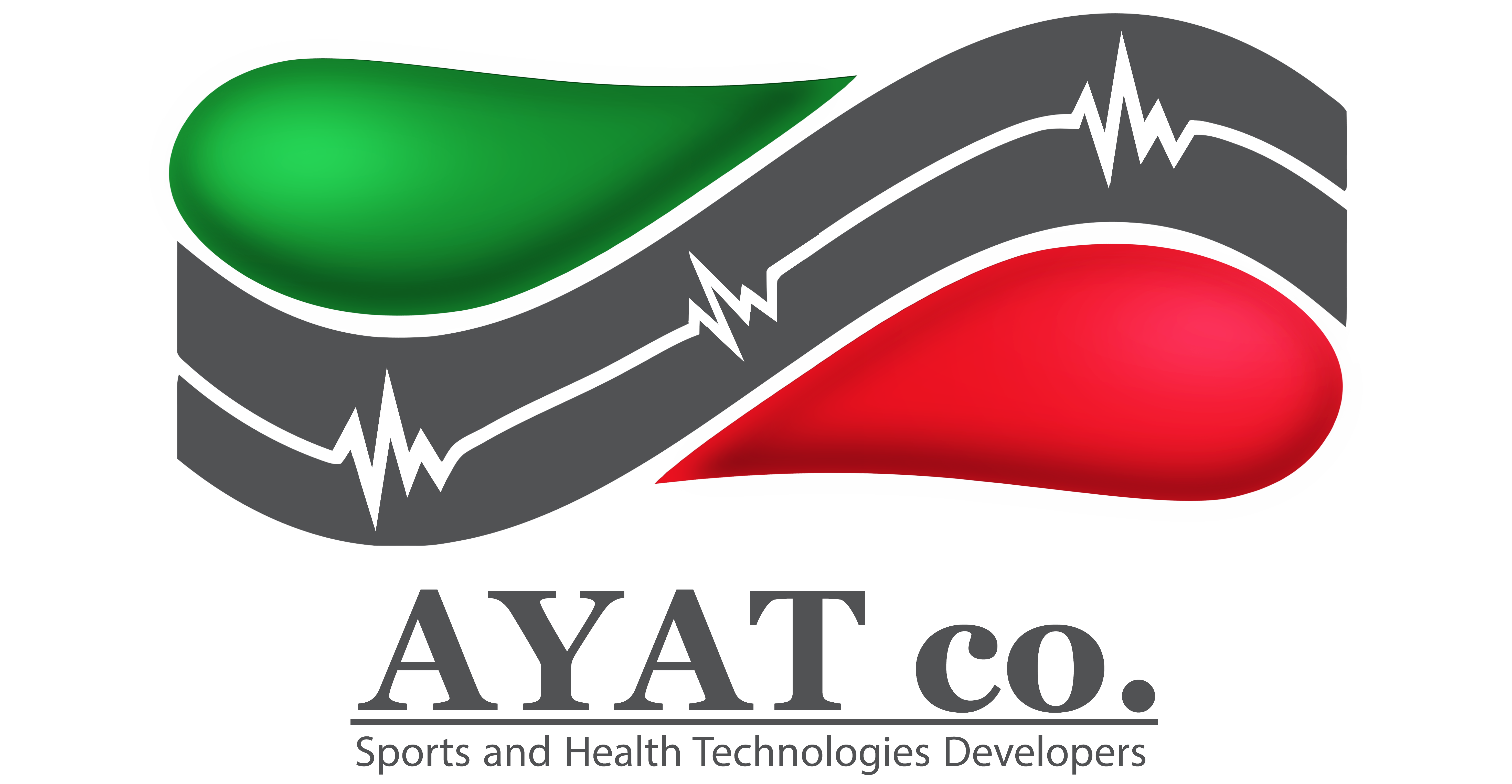Neck and shoulder girdle pain
Neck and Shoulder Pain
Injury to the nerve network and muscles of the shoulder, neck, and shoulder area can cause severe and debilitating pain, especially in hand movements. But the main question is what causes such symptoms?
Unfortunately, it is difficult to distinguish pain that spreads from the neck to the shoulder and shoulder. This pain may spread from the cervical vertebrae and to the shoulders on one or both sides, or it may involve the back of the shoulder and the shoulder bone, which is a common and common shoulder pain that also reaches the hands. In some cases, the upper arm is also involved at the point where the arm and shoulder connect, which usually produces pain with hand movement. Of course, shoulder pain is most often due to muscle strain caused by heavy exercise, lifting heavy objects, repeated work impacts, or due to muscle diseases and anatomical defects.
The syndrome that causes shoulder pain, neck pain, and numbness in the fingers may also be caused by heavy exercise such as weightlifting, injuries, or congenital defects in the neck area. The most common causes of this syndrome are physical injuries from car accidents and repeated injuries during work or sports activities. Even a past injury can lead to this syndrome in the present, and sometimes even doctors are unable to diagnose the main cause.
Being in the wrong positions while doing heavy work and putting unusual pressure on the neck, such as washing dishes for a long time, and muscle strain from improper exercise are effective factors in the occurrence of shoulder and shoulder pain.
Sports such as basketball and volleyball do not cause problems for the muscles of the neck and shoulders if they are done after warming up, but it should be noted that doing anything repeatedly causes wear and tear on the body's tissues, and if we do something repeatedly - such as typing for a long time or holding objects above our heads repeatedly - it may cause damage to the muscles and nerves of the shoulders and neck. Similarly, slumped shoulders and holding the arms in front of the body can cause tightness of the muscles in this area.
Many may think that children do not suffer from injuries to the muscles of the shoulders and shoulders, because they usually do not move heavy objects, but students who use heavy backpacks, especially single-strap backpacks, are seriously at risk of these injuries.
Cause: 1- Structural problems in the cervical vertebrae 2- Weakness of the supporting tissues of the shoulder girdle
Muscle strain and strain
This is caused by the following activities and behaviors:
Poor posture
Long-term work at a desk without changing position
Sleeping with a bad neck position
Rapid neck movement
If the pain is due to the structure of the vertebrae, which requires medical treatment
To strengthen and coordinate the supporting tissues of the shoulder girdle, exercise is the best way to relieve pain.
Corrective exercises:
Any pain in the neck, shoulder and arm area may be due to immobility of the shoulder blades. To combat this pain, it is necessary to perform stretching exercises in the deep tissues related to the shoulder blades, and on the other hand, we should strengthen and coordinate these muscles with resistance exercises.
1- We lie on our stomach, place our hands in front of us, place our head between our hands at the same time, and raise and lower our arms.
2- We put our arms on our sides, raise our arms off the ground, and return them.
3- We take our arms in front in the form of a butterfly, then move from the sides to the waist level and return.
4- We lie on our back, place a Pilates ball under the arch of our back, open our hands until the chest is stretched, hold for 10 seconds.
5- We lie on the floor, pull the spring above our body to the sides, and open it.
6- Sitting behind the cable machine, we open our arms at a 90-degree angle so that the chest is in a stretched position
7- We lie on our stomach, lift the medicine ball, place it on the step and lift it.
8- In a standing position, from the front, we raise the cable to the armpit and return it.
9- We move the head from front to back parallel to the body so that the neck does not bend or straighten and we return straight.
For more exercises, please refer to our communication section.
